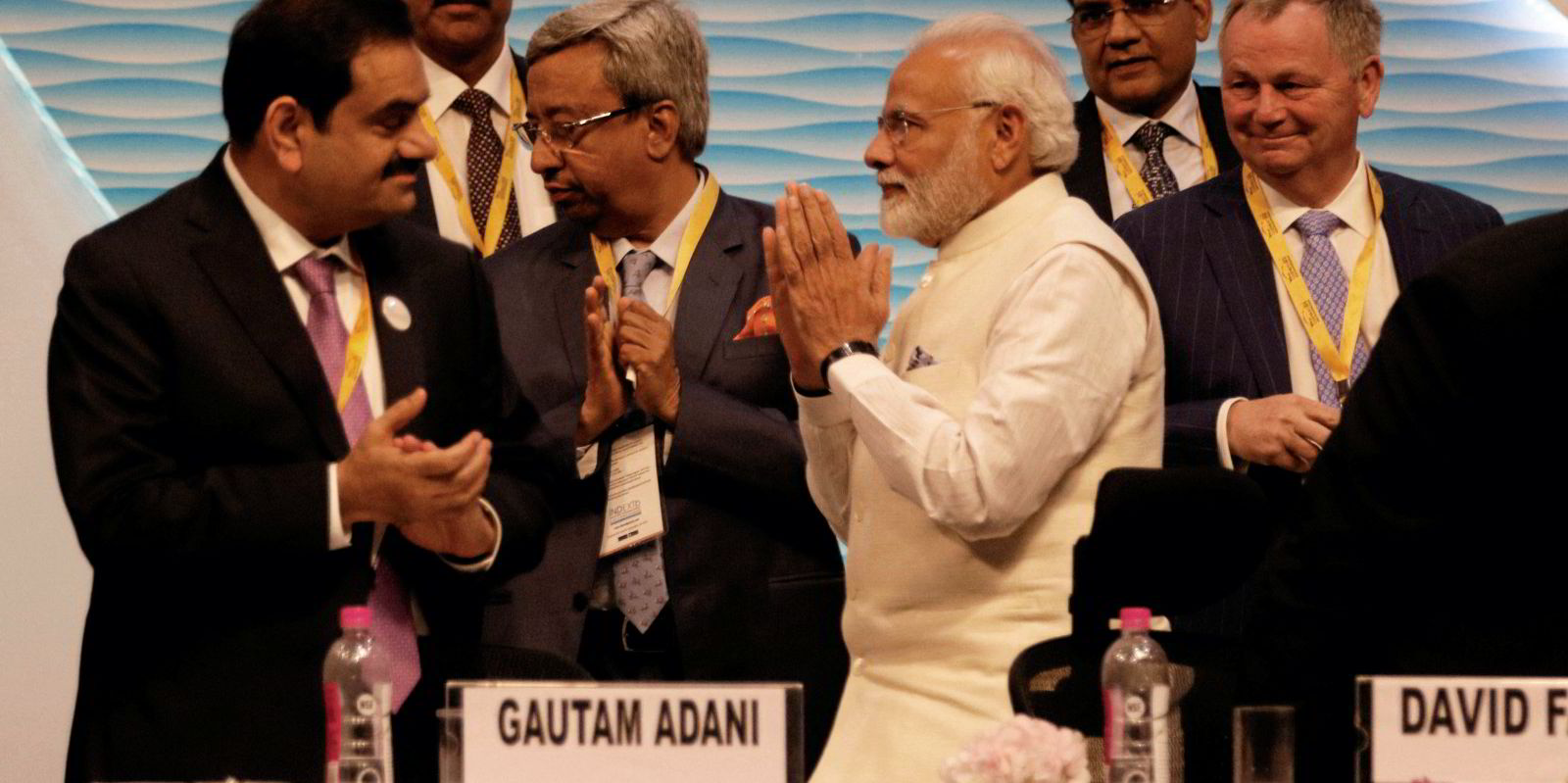Reliance Industries — a conglomerate with major green hydrogen ambitions run by Asia’s richest man, Mukesh Ambani — aims to turn worse-than-coal petroleum coke into a source of ‘clean’ H2, despite warnings over stranded fossil-fuel assets
In June last year, Indian conglomerate Reliance Industries announced that it would invest $10bn in clean energy, while singling out the huge potential of green hydrogen to decarbonise sectors such as industry and transport.

Three months later, the company run by Asia’s richest man, Mukesh Ambani, signed a deal with Danish start-up Stiesdal PtX to build a gigafactory in India that would produce low-cost electrolysers at €200 ($230) per kW — up to six times cheaper than rival machines.
As part of that announcement, Ambani said its goal was to produce green hydrogen for under $1/kg — three to eight times cheaper than current unsubsidised prices — within one decade.




But on Friday, Mumbai-based Reliance unveiled new plans to produce blue hydrogen from petroleum coke — an oil refinery by-product that contains 30-80% more CO2 than coal by weight.
The Indian Supreme Court banned the burning of petcoke as a fuel in and around the capital city, New Delhi, in 2017, due its hazardous emissions and contributions to smog — and a nationwide ban was considered by the federal government. In the end, the administration merely banned imports of petcoke, but allowed its continued use in industries such as cement and aluminium.
Reliance says that its blue hydrogen — derived from petroleum coke via a gasificiation process, with carbon capture, utilisation and storage (CCUS) — would have the “potential” to cost about $1.20-1.50/kg.
“With CCUS, RIL [Reliance Industries Limited] can be one of the largest producers of blue hydrogen globally,” the company said in a presentation on Friday.
“In the interim, till cost [sic] of green hydrogen comes down, RIL can be the first mover to establish a hydrogen ecosystem, with minimal incremental investment, in India.
“Subsequently, as hydrogen from syngas [a mix of hydrogen, carbon monoxide and CO2 produced in the gasification process] is replaced by green hydrogen, the entire syngas will be converted to chemicals.”
The company offered no clues as to how or where the captured carbon would be stored, but did reveal that the blue H2 would be produced at its massive Jamnagar oil refinery — the world’s largest in terms of barrels per day — in western India.
Ambani, who is said to be personally worth about $100bn, made much of his fortune from the oil and petrochemicals sectors, which accounted for 46% of Reliance’s profits in 2020-21.
Reliance’s assumption that blue hydrogen could be produced at scale at a cheaper price than renewable H2 in the near future is questionable, as several agencies and analysts — including the International Renewable Energy Agency (Irena), the Hydrogen Council and BloombergNEF — expect green hydrogen to be cheaper than grey (derived from fossil fuels without expensive CCS) by 2030.
In fact, Irena released a report last month that said blue hydrogen projects might well become stranded assets due to the expected cost reduction in green H2, as well as stricter climate mitigation policies.
Blue hydrogen produced via coke gasification could also result in more CO2 emissions than from the most common H2 production method, steam methane reforming (SMR). Studies show that up to 85% of the CO2 in syngas can be captured, compared to up to 90% in SMR. (A slightly more expensive process for producing hydrogen from methane, autothermal reformation, could theoretically capture about 99%.)
When burned, petcoke releases up to 10% more carbon dioxide per unit of energy than normal coal, as well as high levels of sulphur and toxic heavy metals that are harmful to human health.
https://www.rechargenews.com/energy-transition/indian-billionaires-clean-h2-plans-get-dirtier-as-he-embraces-blue-hydrogen-from-banned-fossil-fuel/2-1-1168026?utm_source=email_campaign&utm_medium=email&utm_campaign=2022-02-17&utm_term=recharge&utm_content=hydrogen





